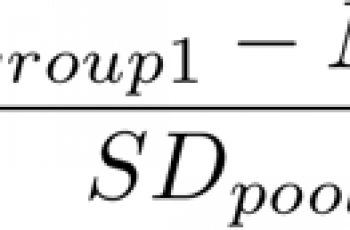What is Y-Intercept?
In this article, we will define and discuss the formula of how to calculate y-intercept. The y-Intercept is the point where a line or curve crosses the y-axis of a graph or in other words where x=0.
Knowledge of the y intercept can be used when graphing lines or when writing an equation in slope-intercept form.
Formula to Calculate Y-intercept.
We get the y-intercept by using the equation of a straight line which is;
y = mx + b
Where;
- m is the gradient of the slope
- b is the y-intercept.
We can use the following formula to calculate the y-intercept.
y – a = m ( x – b )
a and b being a point on a line.
Example 1:
Suppose you have a straight line whose gradient is 3 and a point 2,1, calculate its y-intercept.
Since the y-intercept is when x=0, therefore;
y – 2 = 3 ( x – 1 )
y – 2 = 3x – 1
Hence, y = 3x – 1
Therefore, the number that has replaced b is -1, which means that -1 is the y-intercept.
Example 2:
Suppose you have a straight line whose gradient is 0.8 and one of the point on the line is (4,2).
Since y – a = m ( x – b )
Therefore;
y – 4 = 0.8( x – 2)
y – 4 = 0.8x – 1.6
Therefore, y = 0.8x – 5.6
From the formula y = mx + b, from the answer above, the value of the y-intercept is -5.6

